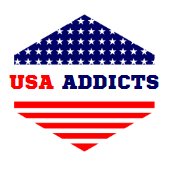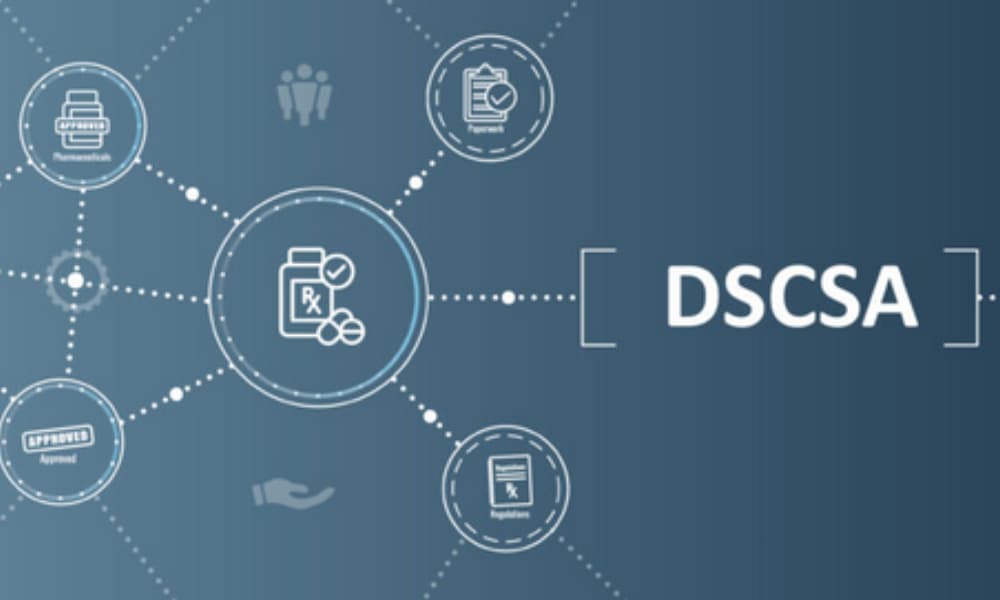The DSCSA Adventure is ongoing. The FDA issued a notice on June 12, 2024 indicating that small dispensers (pharmacies) are excluded from particular Drug Supply Chain Security Act (DSCSA) rules to go into effect on November 27, 2024, therefore ensuring patient access. Those small dispensers who qualify will be exempt until November 27, 2026. The great bulk of the rules are in existence today and will remain in effect, hence we want to address what is not covered by the exception before determining who qualifies as a small dispenser and what portions of DSCSA the exemption covers. Most of the time dedicated to DSCSA Compliance is also consumed by these current criteria. The exempted criteria call for process adjustments and extra software even though they simplify and speed compliance.
With what else should all pharmacies be compliant?
The bad news is that most of the rules still apply, thus all small dispensers must follow these current compliance guidelines to guarantee the security and safety of the drug supply chain. Most of the current criteria have been in place since 2015 and call for pharmacies to have SOPs, training, and data storage—or agreements with their ATPs in place—to keep the necessary transaction data.
Four criteria below are addressed in different ways. Some pharmacies—typically those with just one or two trading partners—can do it manually. Compliance gets more difficult for pharmacies having two or more trading partners. Many times, a DSCSA Software Service Provider manages the criteria below not only guarantees compliance with the below criteria but also guarantees compliance with the exemptible criteria.
Every item the pharmacies order must be ordered and acquired from approved trading partners (wholesalers and manufacturers).
To be approved:
1. A wholesaler must be licensed in the state the receiving pharmacy calls home.
Manufacturers have to register with the FDA DEA. Order controlled substances from Pharmacies should guarantee they obtain, retain, and update these documentation as required to continue ordering from their ATP and be ready to produce copies of them upon request.
2. Indinctives
Every product acquired needs a product identification. This is not a significant issue; you should make sure the manufacturer label’s 2D barcode includes the product identification (NDC, or GTIN), Serial Number, Lot Number, Expiration Date) in both human and machine-readable formats when you get the goods from your trading partner.
3. Product Reference
DSCSA covers all products; so, the 3Ts—transaction information, transaction statement, and transaction history—must accompany each one. The 3Ts have to be acquired either before or during product delivery and correspond with the details on the actual goods. Given the necessary components are all there, the 3Ts can be in any format—paper, pdf, email. Still in effect is the requirement that every pharmacy preserve and have access to the three-Ts of all DSCSA covered items for six years.
The 3Ts are not required if the Pharmacy returns items back to the ATP they bought. Should you be “returning” non-salable goods to an ATP, you will also not need to provide the 3Ts.
The DSCSA rules allow you up to 48 hours to react should the FDA or another authority ask for DSCSA transaction data.
4. Verification
Reviewing all products and transaction data entering the Pharmacy helps the Pharmacy to make sure they are not suspect or illegal; these include counterfeit, diverted, stolen, resulting from a fraudulent transaction, or unfit for distribution. Should you suspect a product, you must cooperate with your ATPs (and maker) to look into and ascertain whether it is authentic.
If any suspect products turn out to be fake, the Pharmacy has to let the FDA and ATPs know within 24 hours.
Not all pharmacies are exempt from the DSCSA requirements set for November 27, 2024.
A dispenser is deemed to be tiny if, as of November 27, 2024, the company owning the dispenser has 25 or less full-time workers (FTEs) licensed as pharmacists or qualified as pharmacy technicians.
For a calendar month, the IRS defines a full-time employee as one who works at least 30 hours of service per week or 130 hours of service each month on average. See https://www.irs.gov/affordable-care-act/employers/identifying-full-time-employees
What then is a qualified technician? Looking at the PREP Act—we all remember the COVID days—a competent pharmacy technician satisfies one of these criteria:
Pharmacy technicians working in states with licensure and/or registration requirements must be licensed and/or registered in line with state criteria; or Pharmacy technician certification from either the Pharmacy Technician Certification Board or National Healthcareer Association working in states without licensure and/or registration requirements. See https://controlio.net/blog/how-many-work-hours-in-this-year.html
Here, additional clarity will help us to understand FDA intentions.
Should I opt to be exempt, from what?
This exemption solely covers the areas of the statute that were to be enforceable on 11/27/2024, notably the Enhanced Drug Distribution Security (EDDS) and part of the Verification provision; it does not apply to the present DSCSA requirements defined above.
Improved Security of Drug Distribution
Enhanced Drug Distribution Security (EDDS), which became enforceable on November 27, 2024, is the primary area you are exempting from. The EDDS Guidelines call for:
- Getting the transaction data in an electronic, interoperable, safe manner
- Making sure the transaction data include the product identification
- Conducting verification actions between ATPs using the Product Identification
- Responding to the FDA within twenty-four hours following an information request
- Using technology to enable data collecting to generate transaction information right away
- Verification (including the Product Identifier)
The last exemption region spans the part of the requirements’ verification section, hence you must utilize the product identification while looking at suspected items. Although the package’s product identification will still be used during investigations, you might not be able to link the actual product to the transaction data since the product identification might not be included within the transaction information.
Notification
Should you decide to accept the exemption, the FDA advises informing your trading partners as necessary to help to further ease the product distribution without delay or trouble.
Should my eligibility for the exemption prove insufficient?
Should you not be eligible for the small dispenser exemption and unable to satisfy the EDDS criteria of section DSCSA by 11/27/2024, you could be entitled to a waiver or exemption from those criteria. While petitions can be sent at any time, the FDA advises trading partners to send a waiver or an exemption request by August 1, 2024. Up until the FDA approves or rejects the request, the FDA expects ongoing compliance with the DSCSA criteria.
For what time should I be using this time?
The FDA was clear: you should use this time to install, debug, and mature systems and procedures to fully satisfy the Drug Supply Chain Security Act (DSCSA) Enhanced Drug Distribution Security standards. They also highly encourage small dispensers to keep working to apply required actions to meet these Enhanced Drug Distribution Security criteria. This exemption should not, then, cause you to postpone your compliance. Pharmacies must keep using and upgrading their SOPs and obtaining, reviewing, and keeping all their transaction data from their ATPs or contracted with DSCSA Software Service Provider to streamline the data handling needs of current DSCSA Requirements and the EDDS.
Who is going to enforce DSCSA Compliance?
The short response is that state and federal laws mandate compliance. Nonetheless, other organizations and the PBMs—who perform what they do—also need DSCSA compliance (or contain language calling for adherence to all federal and state rules in their contracts). Over the past eight years or more, PRS member pharmacies have reported requests for DSCSA-related SOPs and documentation covering the four current standards as well as copies or evidence of ATP licencing from:
FDA State Boards of Pharmacy PBMs Accreditation Organizations Final Thought
Although the exemption, effective from November 27, 2024, to November 27, 2026, provides some relief by momentarily removing particular criteria, most DSCSA rules remain in full effect. Small Dispenser Pharmacies have to keep following current guidelines in order to keep the integrity and safety of the drug supply chain under control including handling trade partner documents, product identifiers, transaction data, and verification procedures. The waived criteria seek to give small dispensers the time and freedom to adopt and improve systems and procedures required for future compliance. Small dispensers, however, have to use this period actively to guarantee complete compliance with Enhanced Drug Distribution Security criteria before the end of the exemption.

